Just occasionally you come across an image on Instagram that pulls you up short. Two weeks ago I was ambling through the Dartmoor Collective hashtag and a very simple, beautiful black and white image stopped me in my tracks. It was from an account that was entirely new to me and within that account were a series of beautiful images from Dartmoor.
Each of us brings a set of experiences, a culture, a way of seeing things and analysing them. And that influences the way you take pictures, behind your house or in an exotic country, thousands of kilometres away..
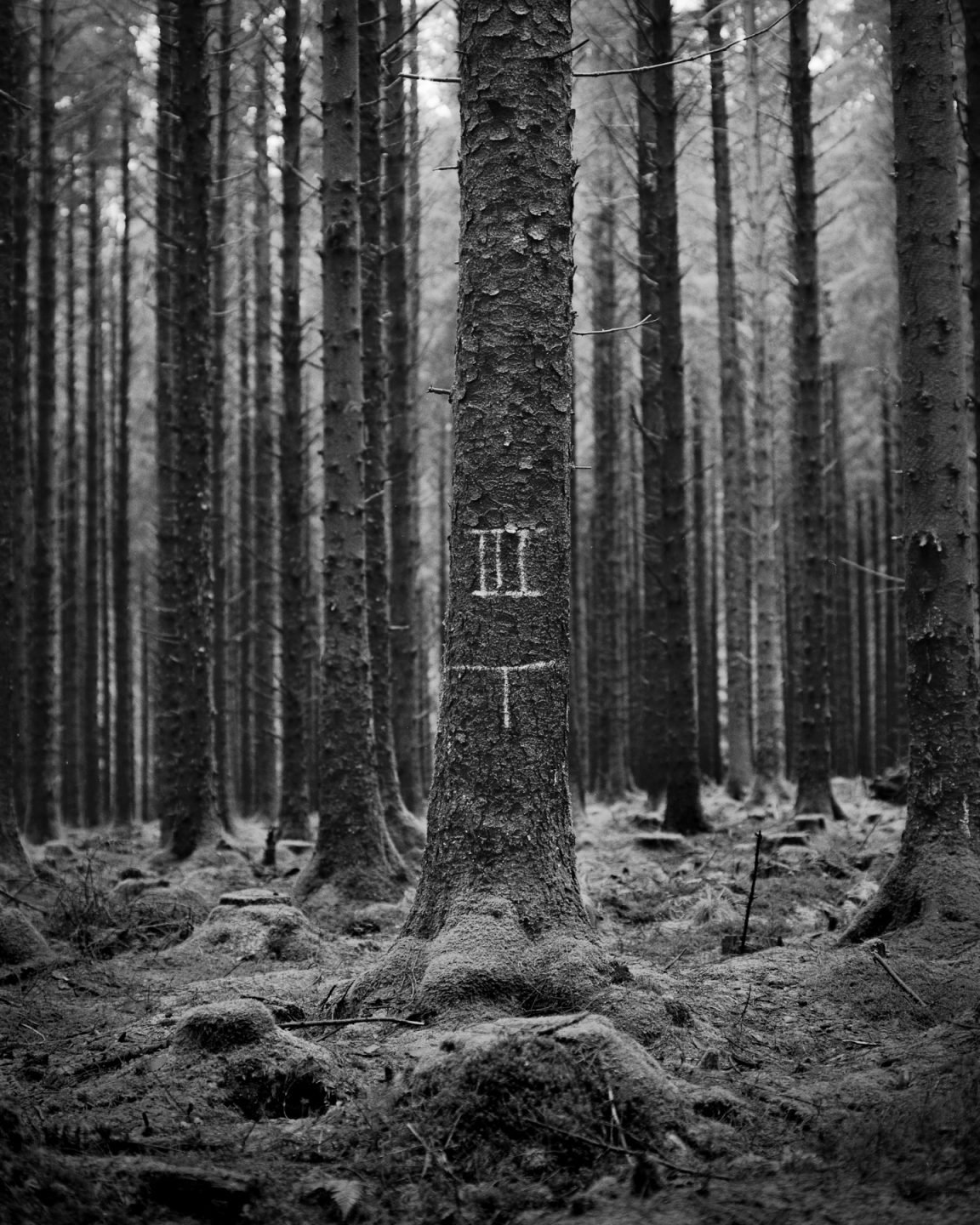
The photographer in question is Salva Borrego, from Barcelona. Here is our interview with him.
SP: Tell me a little bit about yourself, what is your day job, where are you from in Spain, how long have you been a photographer?
SB: My name is Salva Borrego, I am from Tarragona, a coastal city in Spain very close to Barcelona. But it is in Barcelona where I have been living and working during the last 20 years. It is also the city that has seen my son, Bruno, born. I have a degree in Fine Arts and my entire professional career has always been linked to Motion Design, an audiovisual discipline that applies graphic design principles to filmmaking, and video production through use of animation and visual effects. However, I have always had a deep passion for photography and I have been practising it since I was a teenager. I am currently doing a gap year in my career to push my skills as photographer and trying to make a living of it. After the Dartmoor series I have started a series of portraits of creative people from Barcelona. You can see my process on my Instagram account.
SP: Your trip to the UK. Why were you in Devon? Had you decided to shoot on Dartmoor before arriving in the UK? How did you decide where and when to shoot on Dartmoor?
SB. I know and follow Robert Darch’s work for a long time. He is an excellent photographer. Dartmoor has been always present in his work, and I immediately perceived the magnetism of that place, so I decided to take the camera and go there for a few days. When I arrived and did a first inspection of the area, I was so happy that I wrote to Robert (without knowing him) to tell him: “Hey, I am a Spanish guy who has come to Dartmoor really inspired by your work!”. I was surprised he answered me right away and was so generous, he began to recommend many places where I could get lost and take good images. Most of the photographs you see here were made in places he recommended me. It was a shame that he wasn’t there in those days, it would have been great to met him, but anyway, I really appreciate all the help he gave me. So thank you very much for the tips, Robert!
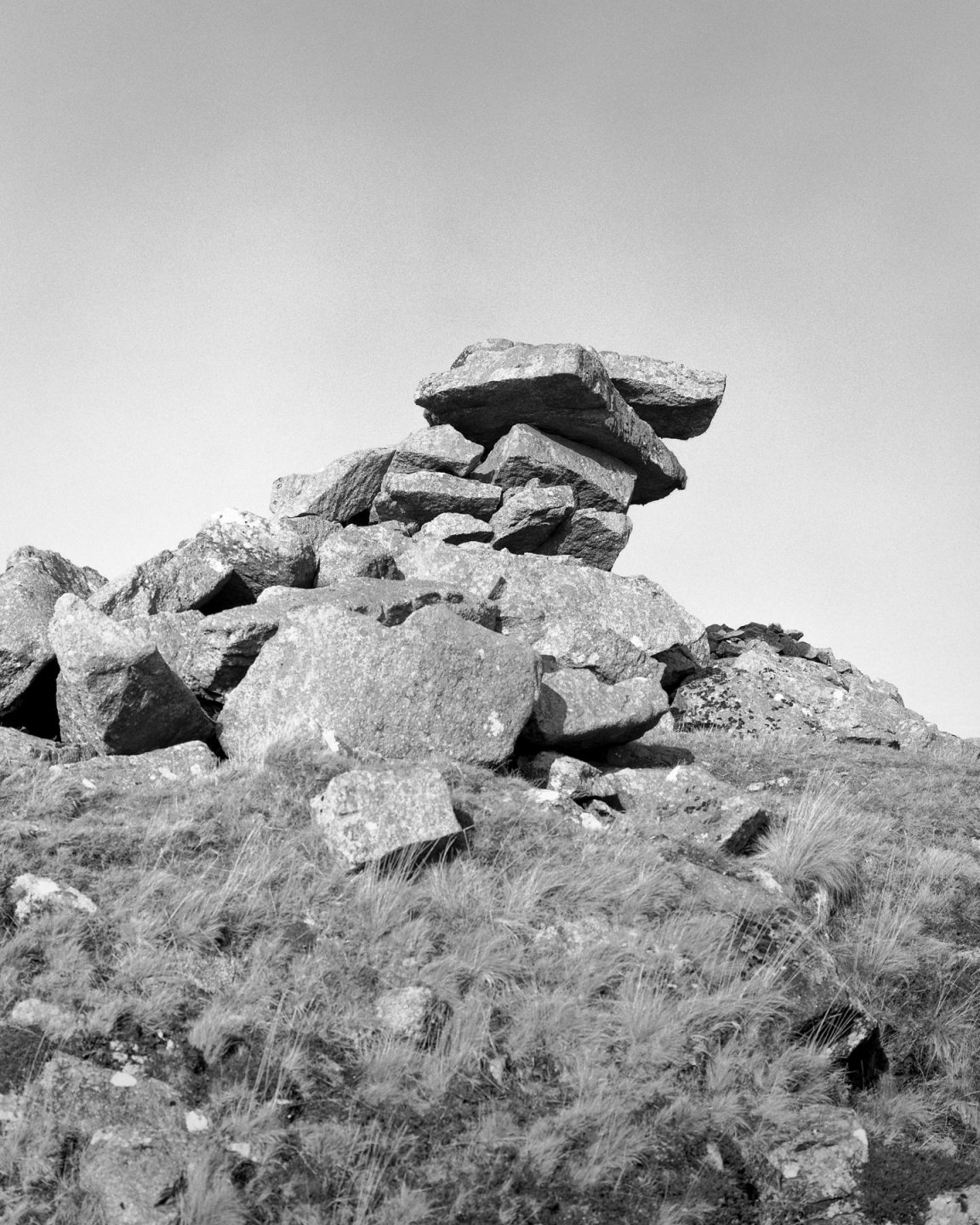
SP: I always find shooting in a new landscape quite intimidating; I don’t feel that I understand or “feel” fully the landscape that I am looking at. However, you have turned up on Dartmoor for the first time and taken a series of beautifully constructed images that, I feel, do capture the essence of Dartmoor. How did you manage this? Do you often shoot in entirely new landscapes? How do you prepare to shoot in a landscape that you are not familiar with?
SB: It’s not easy to get the essence of the place you are photographing until you can establish a certain connection with it. I prepared the trip a lot, I carefully planned all the routes I wanted to do, but you don’t really know what you are going to find until you are there and you see it with your own eyes. In my case I only went to Dartmoor for four days and began to feel comfortable taking pictures on the third day! Then I started to feel more comfortable and I think my work benefited from that, but I had only one more day to take photos. However, good photos can also appear on the first takes, why not? Dartmoor is a special place, with a lot of magic, my four day stay only served to discover how wonderful it is and, luckily, I could come back to Barcelona with me a few good photos. But in order to capture it’s true essence you have to dig deeper and deeper, and that is only possible to take it serious, establish a body of work and return several times.
In my case I only went to Dartmoor for four days and began to feel comfortable taking pictures on the third day!
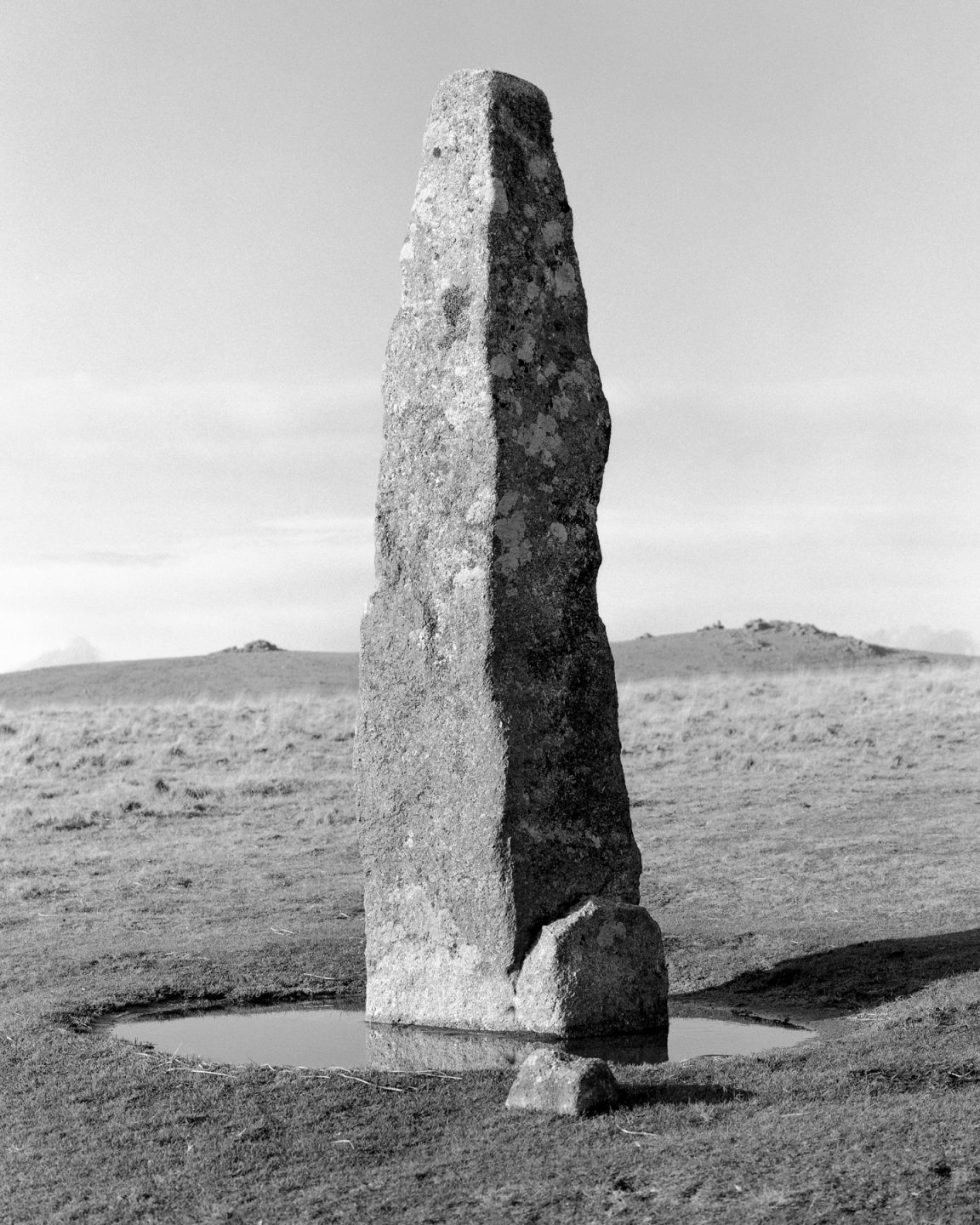
SP: Do you think that there is an advantage in being an “outsider” or “newcomer” to a landscape? You come from a very different part of the world, a different culture and whilst this might create some difficulties it seems to me that it allows you to look with fresh eyes, different perspectives?
SB: I think that being a newcomer can help in a certain way, everything you see is new and, as you say, that fresh eye could be more sensitive than a local person, who maybe doesn’t giving substance to the things he sees every day. But I don’t think that happens to us, the photographers. Each of us brings a set of experiences, a culture, a way of seeing things and analysing them. And that influences the way you take pictures, behind your house or in an exotic country, thousands of kilometres away. I believe that the value we can give to our photographs is given by how capable we are of transmitting our vision, regardless of what happens on the other side of the camera.
SP: Many of your images contain human figures, however only one of the Dartmoor series does. Again, was this deliberate? More generally, how would you describe your photographic style? What inspires and motivates you and which contemporary photographers and visual artists do you admire?
SB: I don’t really have a special style, as I said at the beginning, I’m learning and trying many things as I can. I like landscape photography, but also portraits, still life, … For Dartmoor I went with a predetermined idea. In the previous documentation I did, I felt very attracted with the rock formations and forests. I wanted to photograph them as if they were portraits of people, focusing on the main element and put the landscape in a second place. Talking about the portrait of the farmer and her dog, It wasn’t my intention to photograph people, but I met this nice woman, we chat a pleasant conversation, and I decided to ask her to take a picture. She accepted delighted and there is the result. The truth is that I really love this photo, although it is very far from the visual code from the rest of the other images. Maybe I should explore the photographic portrait in future visits to Dartmoor!
I wanted to photograph them as if they were portraits of people, focusing on the main element and put the landscape in a second place...
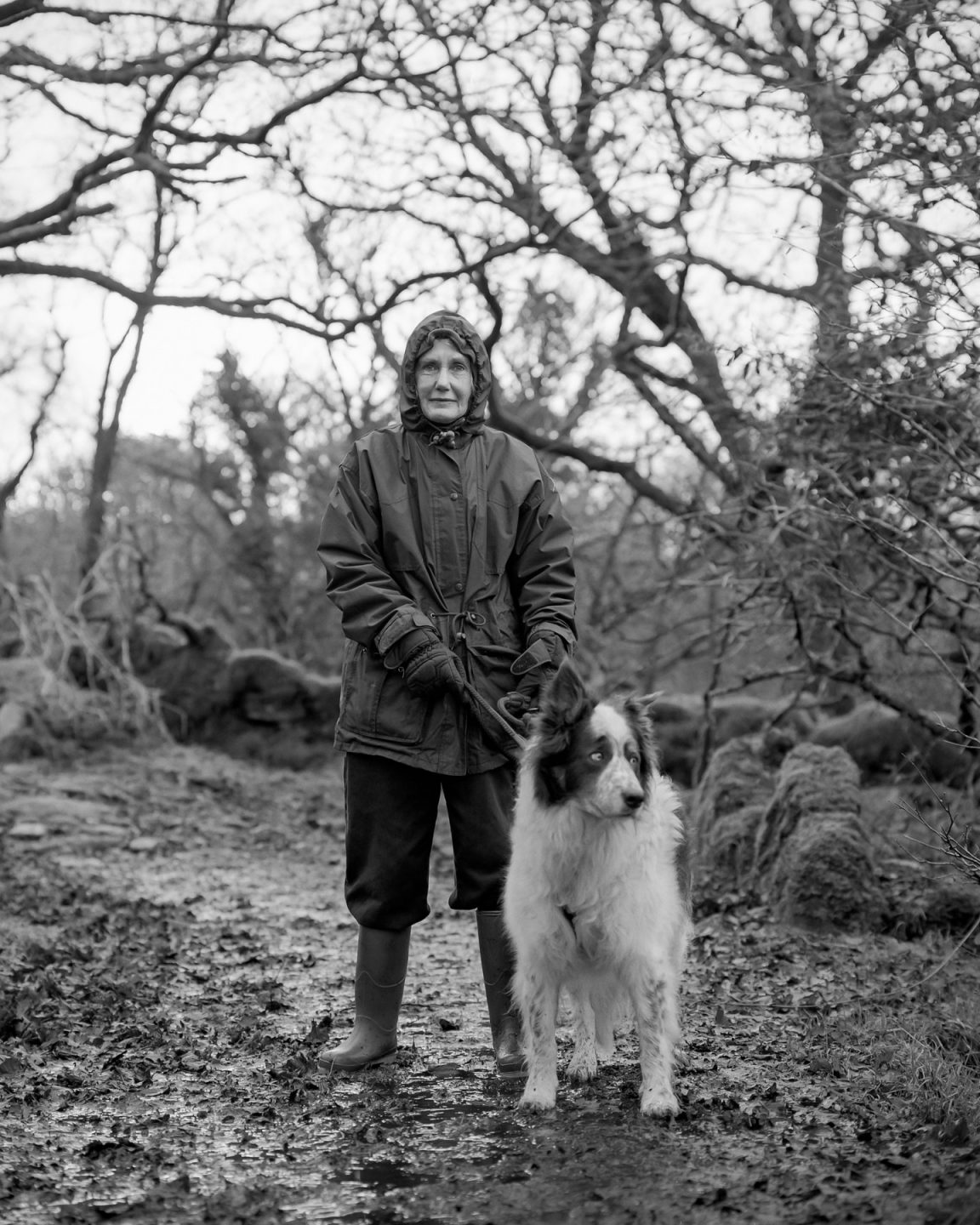
SP: You shoot in film. Why? What do you think film brings to an image that digital does not?
SB: The eternal question! I believe that analogue and digital photography are currently at the same level and both can offer the same solutions to the needs of a photographer. However I have never stopped shooting in analogue. Why? For me it is a matter of perception, of energy. I love not knowing if I am taking well a photo or not. It helps me to concentrate more, to be more selective and to think more about the composition when I am taking it. It gives me a small adrenaline that the speed of digital does not allow me to enjoy. And then the development part, the nerves when going to the laboratory to pick up the negatives, the miracle of seeing a printed image on the celluloid, the scanning process with its tedious fight against dust. Sometimes I think I’m wasting my time, that working on digital would go faster and I will avoid a lot of problems. But I don’t want to lose the magic and energy that analogue photography offers me.
I love not knowing if I am taking well a photo or not. It helps me to concentrate more, to be more selective and to think more abut the composition when I am taking it. It gives me a small adrenaline hit that the speed of digital does not allow me to enjoy…
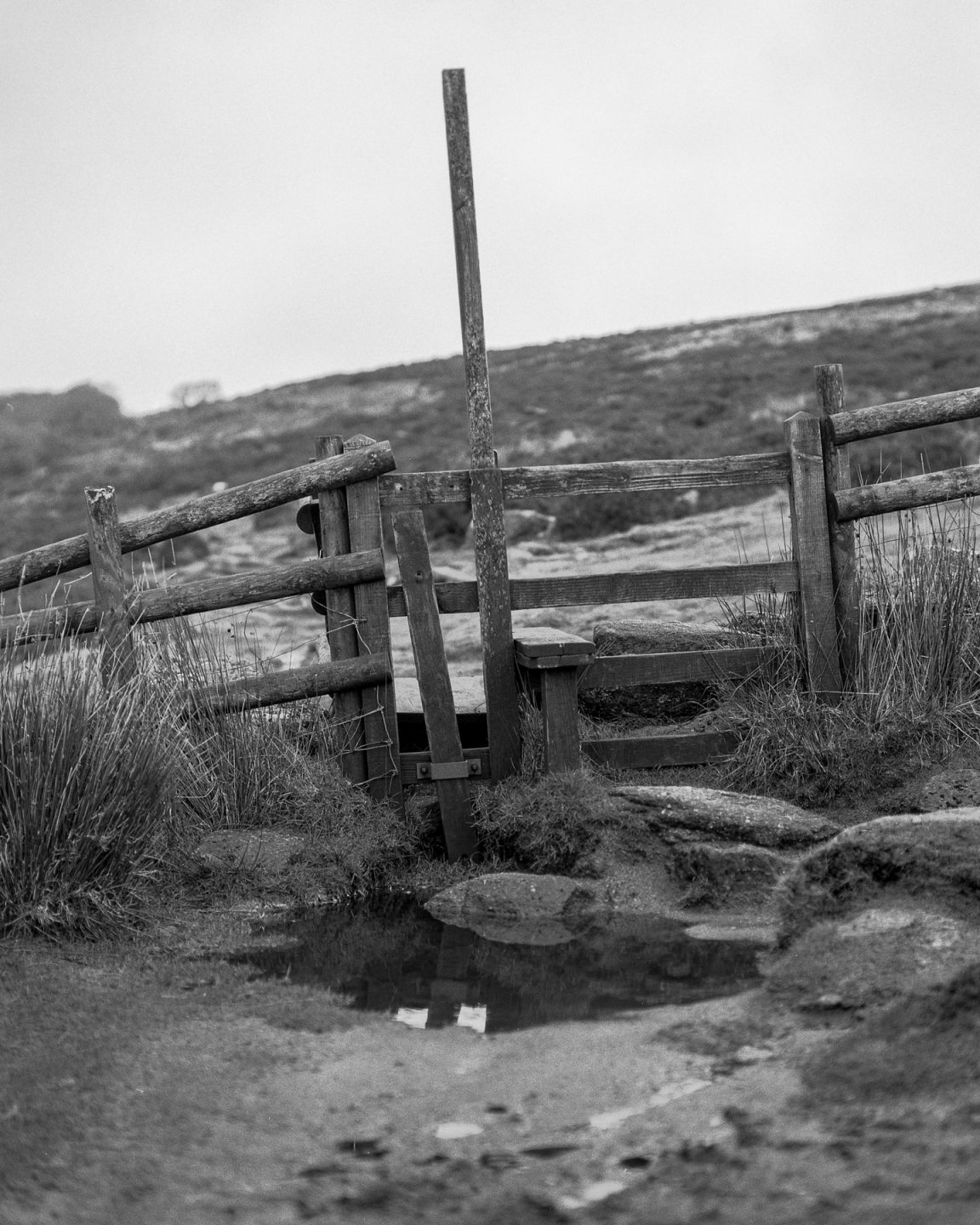
SP: You have presented your images in black and white. However I notice from your Instagram, that you do shoot colour. Why did you decide on black and white for Dartmoor?
I like that perception of timeless that black and white offers…
SB: I really like working in black and white, but also in colour, I don’t have a preference. When we develop a photographic series, the colour or the absence of it can help to enforce the message we want to give to an audience. For the series of images I developed at Dartmoor, my desire was to show nature in its purest state, surviving the test of the centuries, of the generations. In this case, I consider that using black and white could help to this idea of, let’s say, eternity. On the other hand, when we see a photograph we find it very difficult to know when it was done, a week ago? or maybe fifty years ago? I like that perception of timeless that black and white offers.
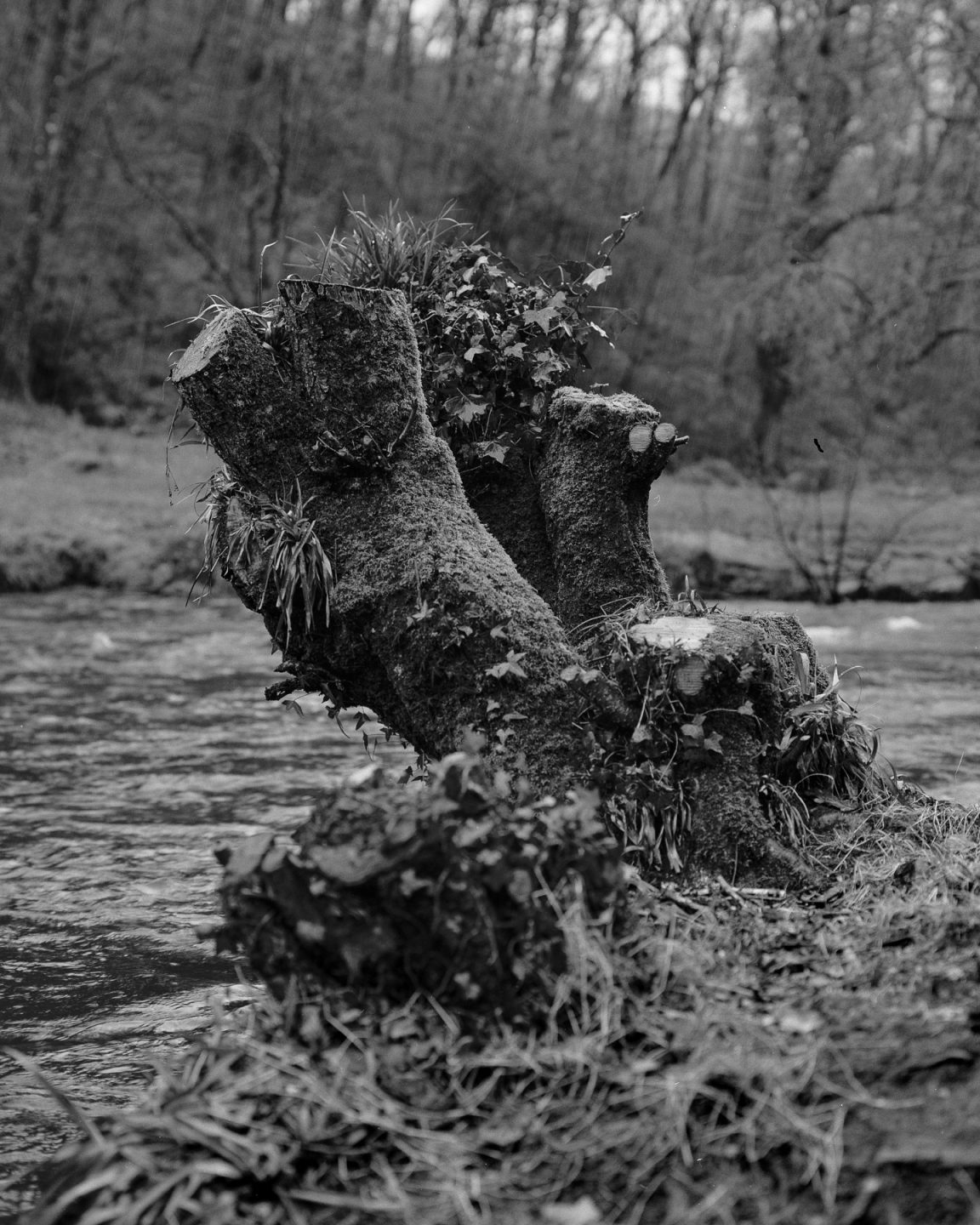
SP: Is this Dartmoor series a one-off project or do you hope to return?
SB: It’s not my plan to make a solid project about Dartmoor, I had simply spent four days there and enjoy the beautiful landscape and try to capture what that place told me (when the rain allowed me!). I discovered a very small part of everything Dartmoor can offer to our eyes. I left it feeling that I had seen very few things. So I can assure you that I will return to take pictures again. Oh, I also missed the pints of beer I enjoyed at the end of each day at the Warren House Inn!
You can see more of Salva’s work on Instagram at @salvaborrego.
Interview by Stephen Peart.
